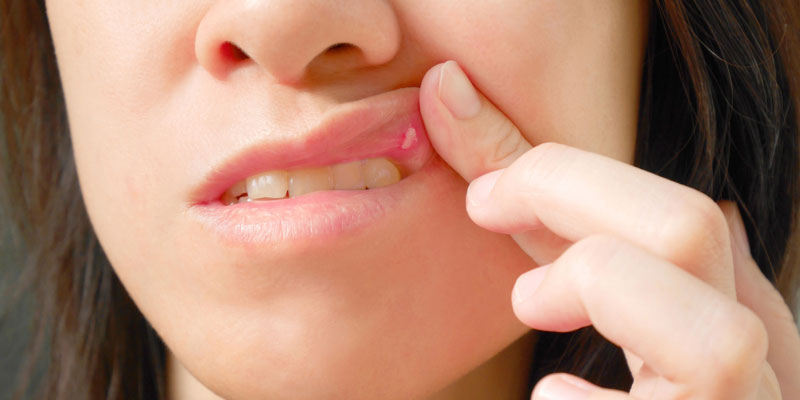Do you go to the gym daily but occasionally treat yourself to a massage? If that's the case, your workouts aren't favoring your body. Biweekly deep tissue massages are highly recommended for those who exercise regularly (four times a week or more). You won't get the most out of your workouts if your muscles are tight.
Most individuals don't give themselves enough time for each massage, especially if it's a deep tissue massage, which means they miss out on the benefits of massage over the long term. A deeper layer of connective tissue can only be reached by massaging the muscles longer during a deep tissue massage.
The therapist utilizes slow, methodical strokes while maintaining a firm grasp on the massager's hands to get to the deeper layers of muscle and connective tissue. Reduced muscle tension and post-accident scarring are the results.

What Is A Deep Tissue Massage?
The musculoskeletal issues typically treated by deep tissue massage include strains and injuries. This technique aims to reach the deeper muscle and connective tissue levels by maintaining pressure with slow, deliberate strokes. Scar tissue and muscle tension can be alleviated due to this method.
Also, by improving circulation and decreasing inflammation, it could hasten recovery. If you need relief from chronic muscle tension, aching joints, or general aches and pains, a deep tissue massage may be just what the doctor ordered. It's crucial to remember that some discomfort is normal throughout the massage.
During this treatment, your therapist will likely use a lot of pressure to loosen up the deeper layers of muscle and cut ties any adhesions or scar tissue that may have formed there. It would help to let them know when the pressure starts getting too much. Deep breathing may be required if the therapist works on particularly tight or deep muscle tissue.

What Takes Place During A Deep Tissue Massage?
It is customary in the massage therapy industry that your therapist will likely inquire about the nature of your discomfort. Ensure you are completely transparent with them, sharing your feelings and describing the ideal outcome you want to see. In the end, this is the best option for you.
When it's time for your massage, you'll be instructed to lie face up or face down on a sheet. The extent to which you undress depends on how you feel, but it's important that the region being operated on be visible.
At first, the masseuse will use a gentler touch to help warm up your muscles. Your first few deep tissue treatments will be soft and may cover a large area before narrowing in on specific muscles and areas.
Since people have varying pain thresholds, deep-tissue massage may be uncomfortable or painful for some. It would help if you discussed the pressure level used during your massage with your therapist. Please inform your masseuse if the pressure becomes too intense.
Benefits Of Deep Tissue Massage
A deep tissue massage can improve physical and emotional health in several ways. Slow stroke techniques can help with anxiety and relaxation and heal broken muscles. Below, we'll review how this specific kind of massage can benefit.
- Messages focusing on the deeper layers of muscle can benefit blood pressure by easing the body's accumulated stress and tension. Both systolic and diastolic blood pressure can benefit from massage therapy.
- Those with arthritis can benefit from a deep tissue massage because it relieves stress and pain, allowing them to increase their range of motion.
- Deep tissue massages help relieve the muscular tension that might accompany chronic pain because they help to release the specific clusters of muscles and connective tissue that may be the source of the discomfort.
- Scar tissue can cause chronic discomfort and stiffness in the affected area. Frequent deep tissue massages aid in the breakdown of scar tissue, enhancing drainage and flexibility in the scar tissue area and the range of motion in that area.
Dangers Of Deep Tissue Massage
Side effects are possible with deep tissue massage because of the rigorous nature of the treatment. How each individual is impacted may be unique; however, keep the following in mind:
- The muscles will be incredibly relaxed as you work through them and may feel tired and achy. Some symptoms, including the lingering soreness described above, should disappear within a few days.
- Although the massage stimulates the muscles strongly, some people feel discomfort during or after the therapy. They typically clear up after a few days, but medical attention may be warranted if they persist for over a week.
- The risk of bruising during a massage is low, and it shouldn't happen at all if the massage is performed correctly unless the recipient is unusually susceptible to bruising. Talk to your masseuse about your concerns regarding bruising before they begin the session.
- It is common to feel tired or sleepy after a massage due to the profound state of relaxation it induces, but most individuals report feeling back to normal following a good night's sleep.
- Becoming hot and red between the masseur's hands and the muscle is normal; it indicates that the underlying muscles are being stretched to their full potential.
Conclusion:
Deep tissue massage aims to alleviate pain and speed up recovery from injuries. As the pressure and techniques used in Thai massage differ from those used in traditional massage, it is not the best option if you have a low pain threshold.
But are still interested in improving your health and well-being through massage but want to avoid unnecessary discomfort. Experimenting with yoga and stretching can aid in recovery and general bodily well-being. On the other hand, Deep Tissue Massage allows you to reach the deepest levels of muscles and tissues.




